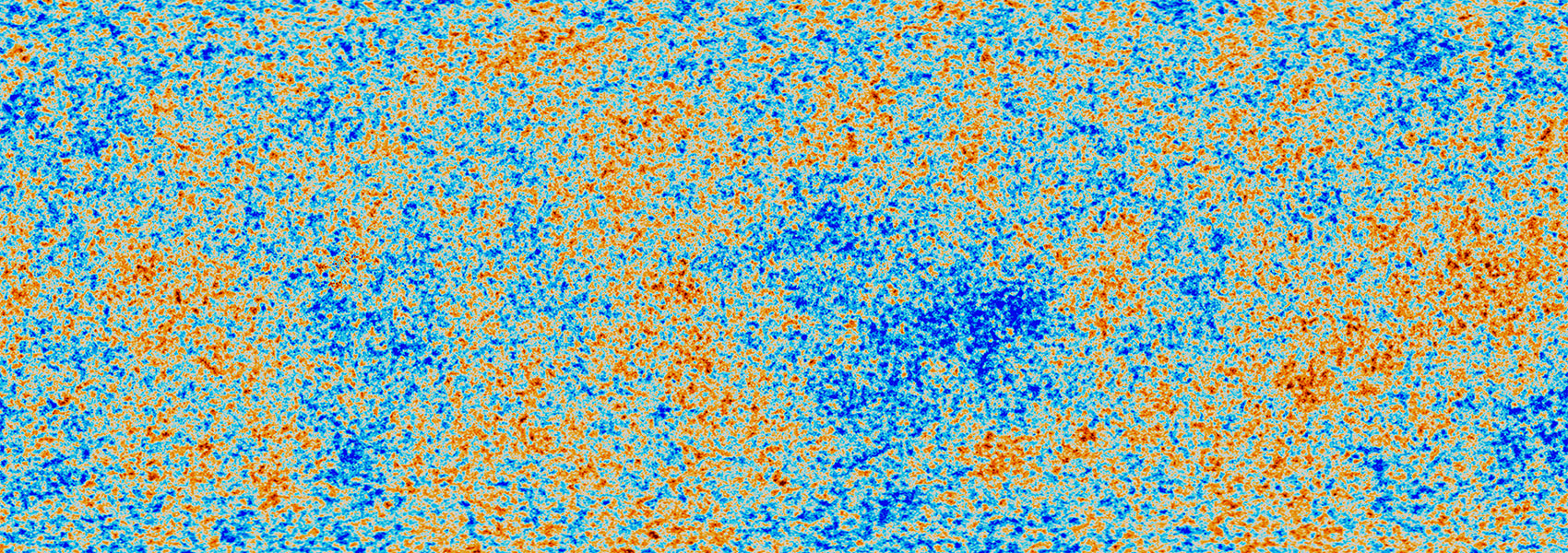April
2014
•
2014MNRAS.439.2765S
Authors
•
Szypryt, P.
•
Duggan, G. E.
•
Mazin, B. A.
•
Meeker, S. R.
•
Strader, M. J.
•
van Eyken, J. C.
•
Marsden, D.
•
O'Brien, K.
•
Walter, A. B.
•
Ulbricht, G.
•
Prince, T. A.
•
Stoughton, C.
•
Bumble, B.
Abstract
•
AM Canum Venaticorum (AM CVn) stars belong to a class of ultracompact, short-period binaries with spectra dominated largely by helium. SDSS J0926+3624 is of particular interest as it is the first observed eclipsing AM CVn system. We observed SDSS J0926+3624 with the Array Camera for Optical to Near-IR Spectrophotometry (ARCONS) at the Palomar 200″ telescope. ARCONS uses a relatively new type of energy-resolved photon counters called Microwave Kinetic Inductance Detectors. ARCONS, sensitive to radiation from 350 to 1100 nm, has a time resolution of several microseconds and can measure the energy of a photon to ∼10 per cent. We present the light curves for these observations and examine changes in orbital period from prior observations. Using a quadratic ephemeris model, we measure a period rate of change Ṗ = (3.07 ± 0.56) × 10-13. In addition, we use the high timing resolution of ARCONS to examine the system's high-frequency variations and search for possible quasi-periodic oscillations (QPOs). Finally, we use the instrument's spectral resolution to examine the light curves in various wavelength bands. We do not find any high-frequency QPOs or significant spectral variability throughout an eclipse.
Links




